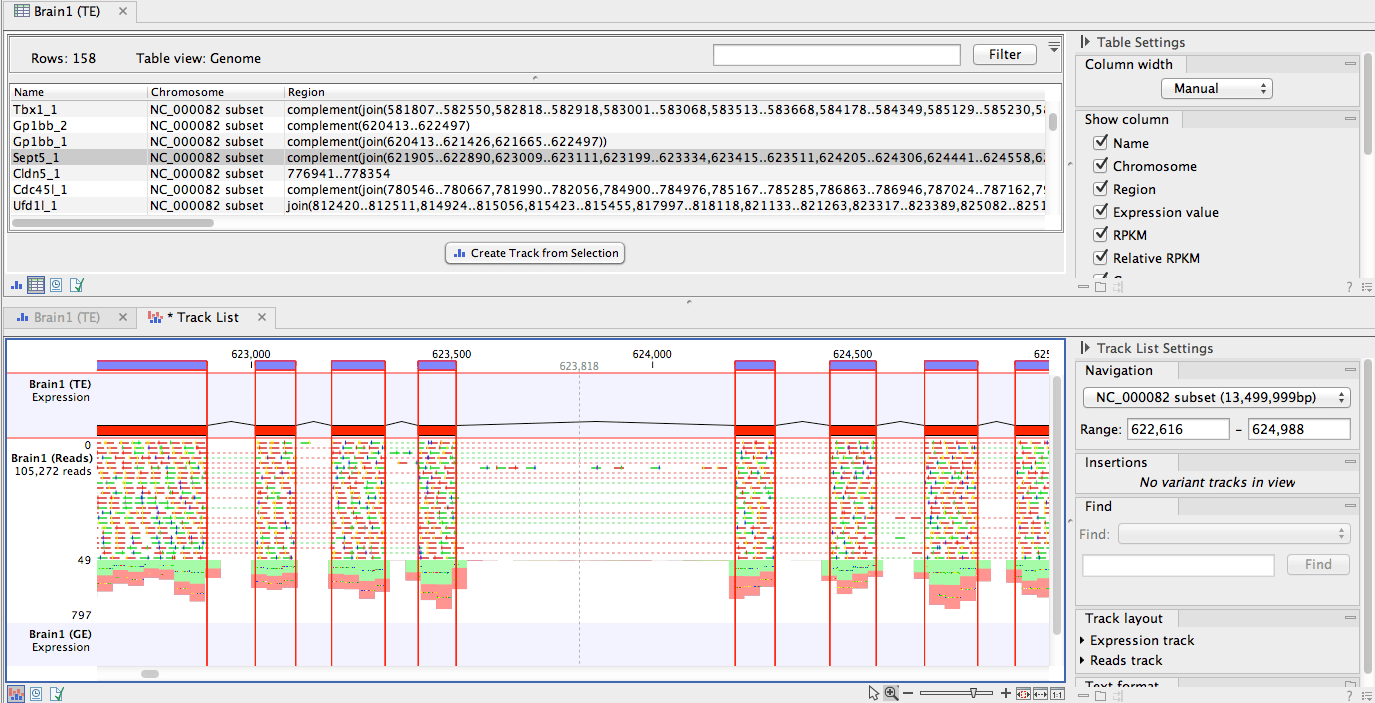

The sequencers currently available include those manufactured by Illumina, Life Technologies, Pacific Bioscience, and Oxford, and these have different specifications in terms of the number of reads, read length, accuracy, and cost. Accuracy is the most important factor, which increases the motivation to improve the sample and computational analysis qualities, but the necessary quality of sequence reads is often unknown. Thus, a bioinformatics method with higher accuracy, higher efficiency, and lower cost is desired based on the balance of time and cost between wet experiments and computational analyses. Although sample preparation might often be improved by finding better conditions and/or better methods for RNA preparation, optimization generally requires time and money. This effect might increase the sequence errors and reduce the amount of data obtained, further complicating the mapping. The RNA quality might be reduced by difficult sample preparation due to a small number of samples (cells) and low RNA extraction efficiency from cells grown under particular cultivation conditions. The DNA sequencers developed even with the most recent technologies cannot avoid errors in sequence reads. This issue is the most important when a large number of samples are obtained in a short period of time at low cost, which is often the case in research and development using microorganisms. Although this procedure is highly suitable for current high-throughput computing (HTC) accelerated by parallel processing, the amount of sequence reads is too large to analyze the sequence similarity in a conventional manner, even using current high-throughput computers, due to the balance of costs between sequencing and data analysis. The mapping can be achieved using a sequence similarity search between the reads and the reference sequence with a general purpose computer. In a typical RNA-Seq expression analysis, once sequence reads, which are generally 10 7–10 9 reads with a length of 50–300 bases, are accumulated, they are mapped to the reference sequence, namely, a genome sequence corresponding to the organism that the RNA is prepared from Refs. One of these objectives is counting the number of tags to analyze the intensity of gene expression, and the other is determining the transcript sequences for various purposes, such as annotating the genome of non-model organisms and analyzing splice variants. The purposes of using RNA-Seq are basically divided into two categories. This technical improvement greatly contributes to the application of RNA-Seq to various microorganisms. Multiplexing by so-called bar coding facilitates the flexible utilization of the high output capacity of sequencers for large numbers of samples without a significant increase in the overall sequencing cost. Due to recent extreme improvements in sequencing technology in terms of throughput and cost, large amounts of data have been accumulated, and the amount of data is increasing in an accelerating manner. RNA sequencing (RNA-Seq) is currently one of the most powerful methods for the comprehensive analysis of the transcriptional expression of the entire genes of a particular organism. We believe that at least a portion of our approach is useful and applicable to the analysis of any microorganism. Visualization of the mapping results greatly helps evaluate and improve the entire analysis in terms of both wet experiment and data processing. The accuracy of the expression analysis through the refinement of gene models was achieved by the results of mapped RNA-Seq reads in combination with ab initio gene finding tools using generalized hidden Markov models (GHMMs).
#Clc genomics workbench negative binomial software#
The use of mapping software tools, such as HISAT and STAR, precisely aligned RNA-Seq reads to the genome of a filamentous fungus considering exon-intron boundaries. We have developed a highly accurate and cost-effective mapping strategy that includes the exclusion of unreliable base calls and correction of the reference sequence through provisional mapping of RNA sequencing reads.

The huge amounts of data generated by recently developed high-throughput sequencers have required highly efficient data analysis algorithms using recently developed high-performance computers. Due to the wide variety of basic studies and applications derived from the huge number of species and the microorganism diversity, the targets to be sequenced are also expanding. The rapid evolvement of sequencing technology has generated huge amounts of DNA/RNA sequences, even with the continuous performance acceleration.


 0 kommentar(er)
0 kommentar(er)
